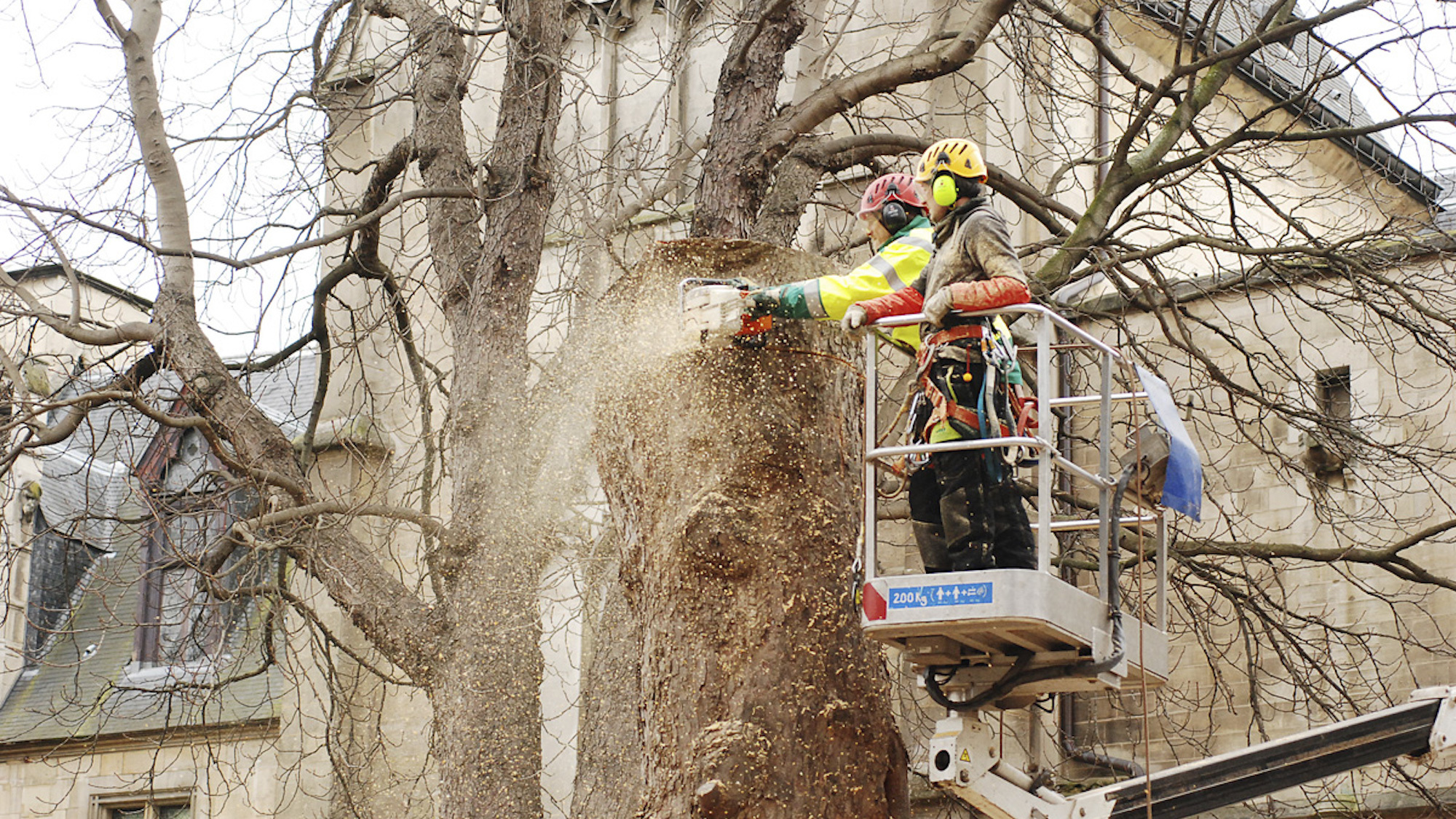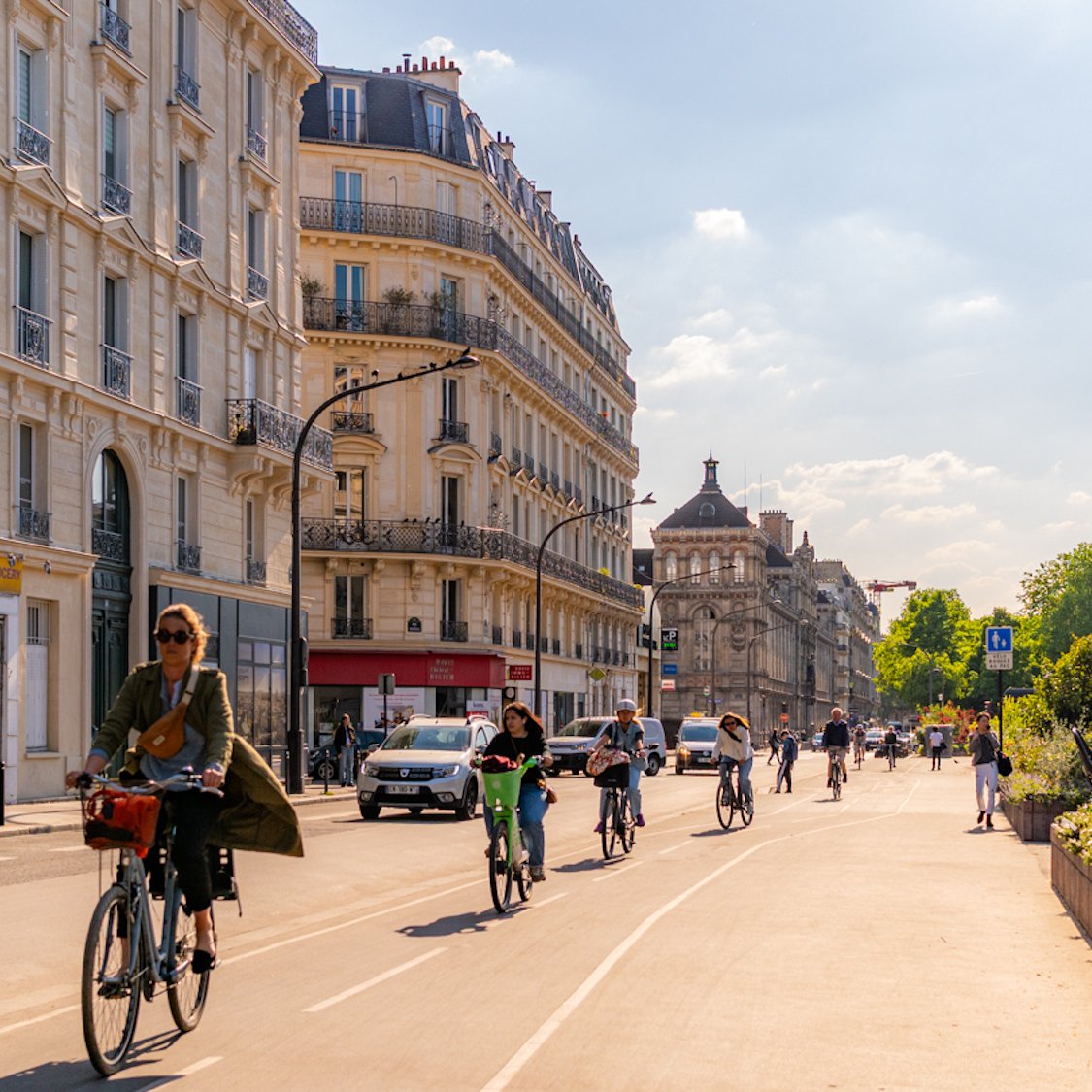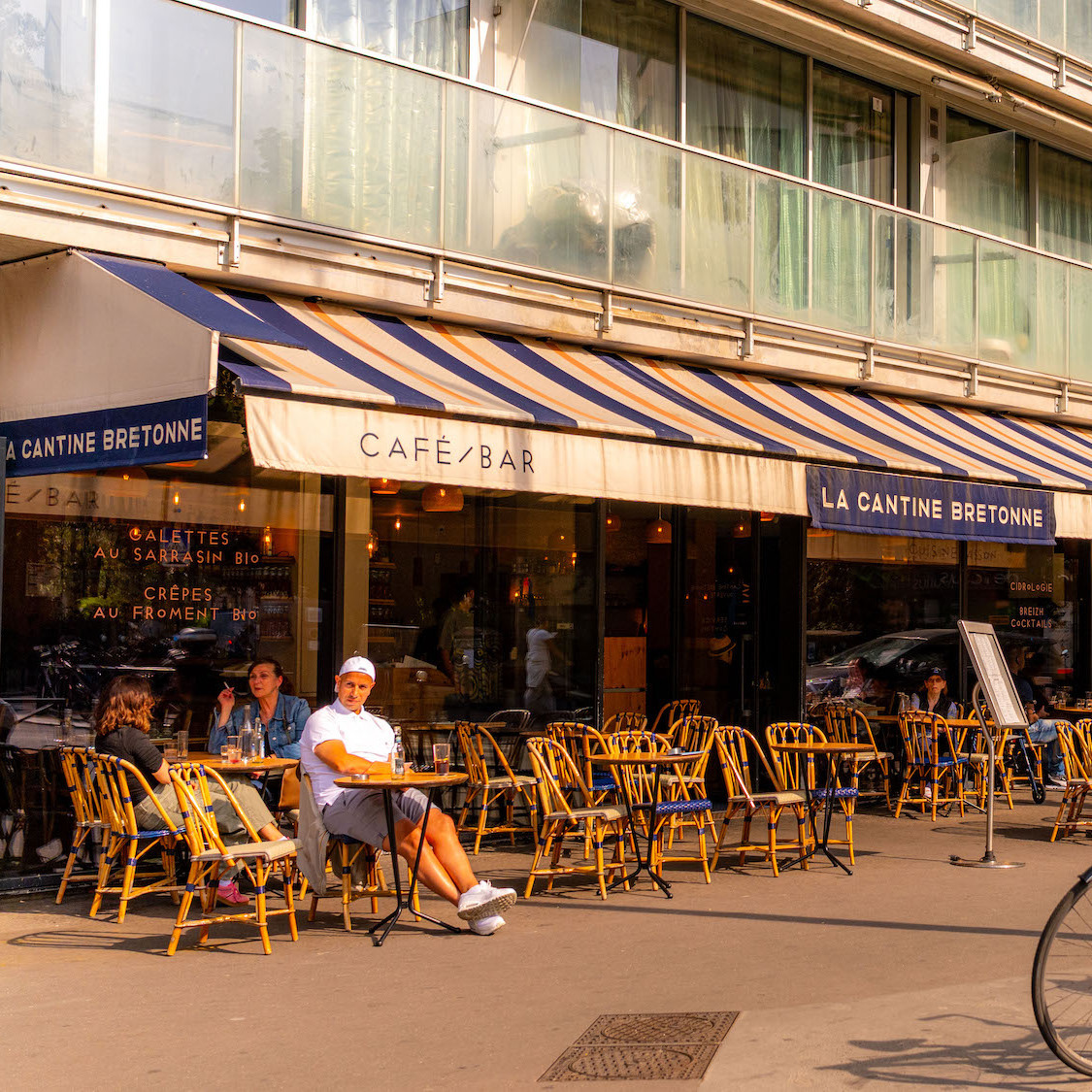It seems that trees are blooming at an incredible speed all over the capital, with, for example, 15,000 specimens planted last winter in Paris. However, there are some contradictory reports, with the felling of about a hundred trees on the streets of the capital since February 24th. This surprising process is expected to continue until March 7th. So, why are so many of these beautiful plants meeting an early end? We’ll tell you all about it.
Health concerns above all
For a few days now, signs have been popping up all over the streets of Paris, varying in number depending on the district. On each sign, you can read “Here, a young tree will be planted”. These little hopeful notices are positioned right next to absolutely scandalous crime scenes.
yes, while ecology has become just as essential: stumps of cut adult trees.« Les arbres ne sont pas adaptés à la ville » : pour des raisons sanitaires, Paris abat à tour de bras.
— Enzo Morel (@mtwit75) March 4, 2025
Durant deux semaines, entre le 24 février et le 7 mars 2025, pas moins de 125 arbres vont être abattus à Paris pour des raisons sanitaires. « À cause du manque d’eau, les… pic.twitter.com/PNmGrjpllZ
So, we have some pretty drastic measures that the Paris City Hall justifies mostly by mentioning health risks. To explain the concert of buzzing chainsaws happening everywhere, Alexis Boniface, co-president of the national tree monitoring group (GNSA) and head of the Ile-de-France branch, says: « The Paris City Hall is worried that trees might fall onto the street, so they’re cutting them down ». The fallen trees are then replaced by young, vibrant saplings to make up for it.
As part of these protective measures for the streets and their residents, about 3,000 trees are cut down each year in Paris, with no other processes involved. This number might seem quite significant, but according to the City, it's more like a drop in the bucket when you consider that the capital has over 200,000 trees.
000. The number of trees cut down is therefore 1.5% of their total number. However, even if the proportion is small and the trees are being replaced, it's still far from being good news.« Les arbres ne sont pas adaptés à la ville » : pour des raisons sanitaires, Paris abat à tour de bras.
— Enzo Morel (@mtwit75) March 4, 2025
Durant deux semaines, entre le 24 février et le 7 mars 2025, pas moins de 125 arbres vont être abattus à Paris pour des raisons sanitaires. « À cause du manque d’eau, les… pic.twitter.com/PNmGrjpllZ
Poor Treatment of Trees
Indeed, many people are outraged by the removal of too many trees, which they believe is due to poor treatment of these wonderful beings and is gradually turning into an ecological aberration. For Marie-Catherine Arrighi, co-chair of the association Protection Trees and Wildlife, and a representative in Île-de-France, it takes 100 young shoots to fill the gap left by a mature tree. Therefore, it is much more urgent to ensure the proper protection of those already in place rather than simply replacing them, thinking that it will be the same thing.
According to Baptiste Gianeselli, a defender of Parisian heritage on X, this poor treatment of trees is largely due to the fact that the City is re removed most of the grids that were at the base of the trees. The equipment was removed especially due to the numerous demonstrations that took place in the capital in recent years, which actually helped to protect the roots while allowing them access to fresh air, and thus to the nutrients that trees need.
À Paris, des arbres fraîchement plantés peuvent être abattus « par erreur ». C’est arrivé rue Claude Bernard et c'est inacceptable !
— Florence Berthout (@FBerthout) January 18, 2025
La gestion des arbres par la Ville est incohérente et je demanderai un audit externe du service de l’arbre au prochain conseil de Paris. pic.twitter.com/i5J69iY8AD
A lack of proper maintenance, which can sometimes also be due to a shortage of water supply, has led the City of Paris to remove trees that they had just recently planted in some cases. This phenomenon has increased along the periphery and affects certain districts more than others, like the 13th and 15th, where the most tree removals will happen by March 7.



